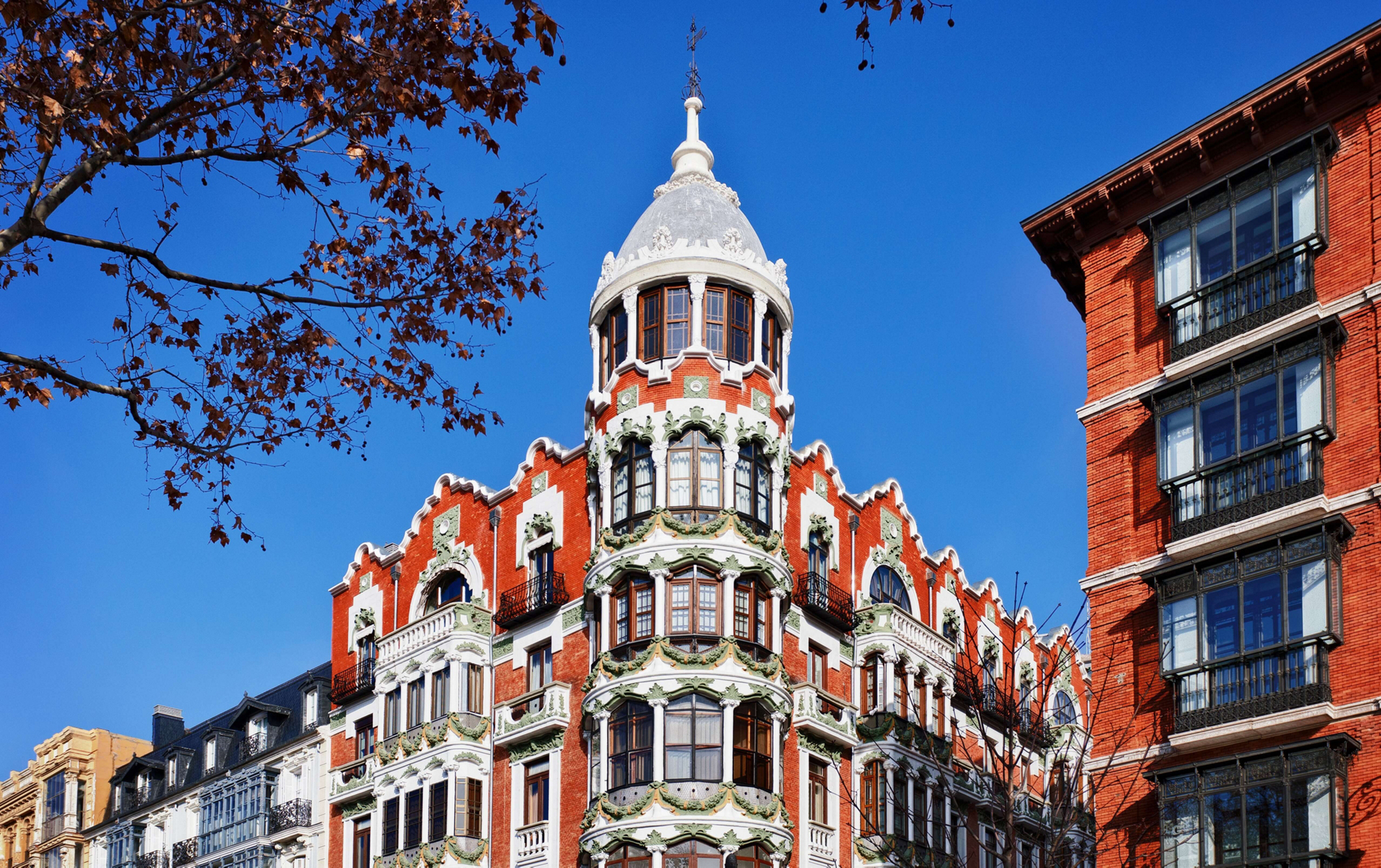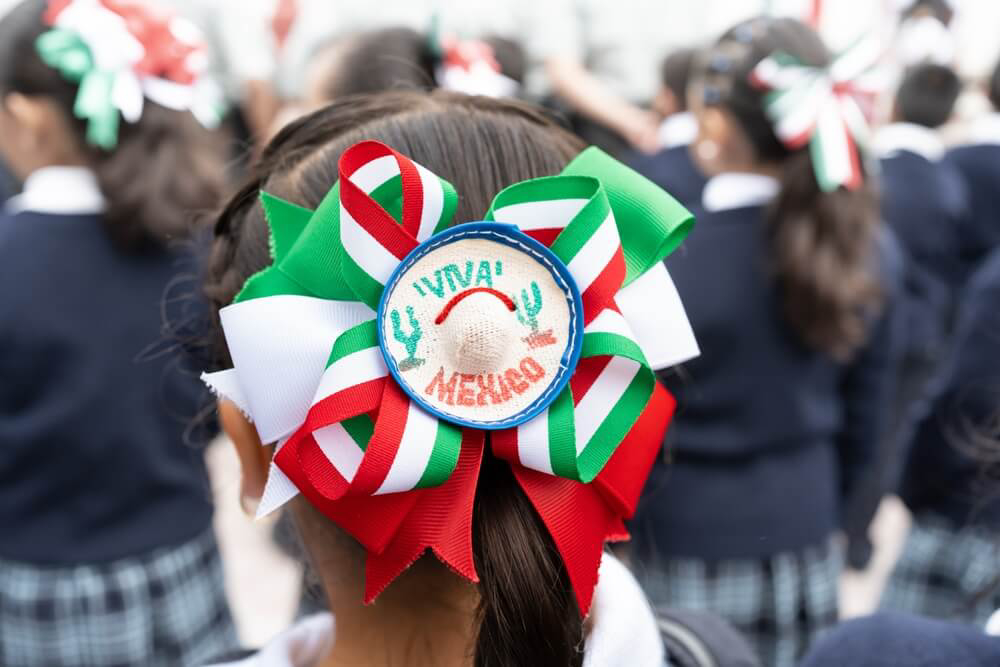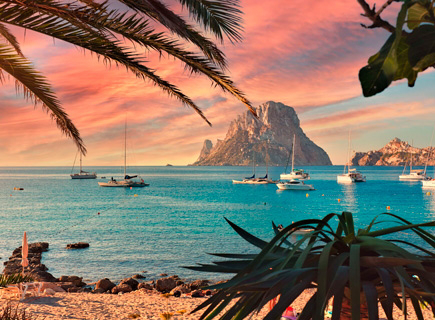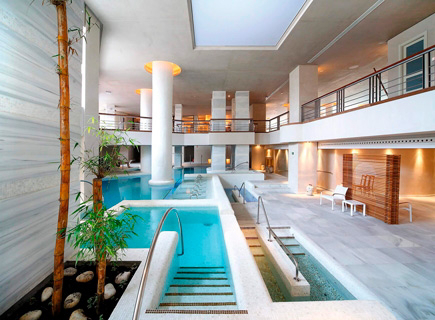Be charmed by the old-world glamour of Barcelona’s Old Town
El Raval, El Born, the Gothic Quarter and La Rambla, Barcelona’s old town is a treasure trove of cultural and historical delights, just waiting to be explored on your next Spanish city break

Barcelona is a city famous for its Mediterranean charm, artistic architecture and incredible history. It is the Catalan capital and its cultural scene is enough to rival that of Madrid. Yet there is one neighbourhood that captures the imagination of travellers year after year and that is the Ciutat Vella, Barcelona’s old town. This vibrant area is a living museum, telling the story of Barcelona's daily life through its ancient Roman ruins and its modernist monuments. If you are planning to visit Barcelona, be sure to immerse yourself in the hustle and bustle of the Ciutat Vella and let yourself be caught up in the buzz and excitement of local life.
Everything you need to know about Barcelona’s old town
Stretching across 500 hectares, Ciutat Vella is thought to date back to 133 years before Christ. Every brick in its Mediaeval city walls and every stone along its meandering, cobbled paths has witnessed the Romans, the dominion of the Visigoths, the Moors and the crown of Aragon, and the Spanish Civil War through to modern-day Barcelona. There is no doubt that Barcelona’s old town is like a historical rabbit hole, inviting visitors to jump in and get lost in its timeless appeal. It is common to discover Picasso's works of art alongside Mediaeval brickwork, crumbling Roman columns or even a modernist Gaudí building. The juxtapositions can be found on every corner and form part of the city’s unusual charm. Four main neighbourhoods form Ciutat Vella: La Barceloneta (by the sea), El Raval, Sant Pere, Santa Caterina i la Ribera (where you can find El Born) and El Gòtic, otherwise known as the Gothic Quarter.

The old Roman walls of Barcelona’s Old Town
Discover Barcelona’s Ciutat Vella
If you are staying in Barcelona, be sure to book a hotel close to the old town so that you are just a hop, skip and jump from the action. Traditional streets are dotted with museums, fancy eateries and tapas bars while boutiques entice you inside with their creative wares. A bohemian vibe is palpable throughout all of Barcelona’s old town inviting you to be swept up in its laid-back vibe.
Start your adventure in Barcelona’s Gothic Quarter
The Gothic Quarter, known as the Barri Gòtic in Barcelona is an area that exudes history. Wandering through its narrow, maze-like streets you can easily imagine this neighbourhood forming the centre of Roman and mediaeval Barcelona. Yet, while the majority of the architecture in this area today dates back to the early 20th century, you can still enjoy the echoes of the city’s ancient history. The awe-inspiring Barcelona Cathedral (not to be confused with the Sagrada Familia) with its imposing Neo-Gothic facade is a must-see when exploring this neighbourhood and it is a testament to the city’s rich ecclesiastical heritage.
The Gothic Quarter stretches from La Rambla to Via Laietana, encompassing the seafront and the busy thoroughfare of the Ronda de Sant Pere
The Gothic Quarter stretches from La Rambla to Via Laietana, encompassing the seafront and the busy thoroughfare of the Ronda de Sant Pere. Keep your eyes peeled for the majestic buildings of the City Hall and the Palau de la Generalitat (the seat of the Catalan Government). Make a detour to the Call Jueu, the Jewish Quarter to see the remains of the ancient synagogue before continuing with your day.
Meanwhile, Portal de l’Angel and Portaferrissa are great places to go for some Barcelona Gothic Quarter shopping if you need some retail therapy. Once you have exhausted the sightseeing options make your way to the Plaça del Rei where you can find a buzzing atmosphere ideal for enjoying a Vermouth or another refreshing tipple as the sun goes down.

The Gothic Quarter in Barcelona
La Rambla, the heart of Barcelona’s old quarter
Connecting the Plaça de Catalunya with the monument of Christopher Columbus at Port Vell, the Rambla is one of Barcelona’s most famous and visited streets. It is certainly not a place to be missed during your stay. This tree-lined street covers 1.2 kilometres of the city and is brimming with energy at all hours of the day and night. Make sure to stay at the Allegro Barcelona to be located just moments from the Rambla. Admire the street performers, flower stalls and old-fashioned kiosks where you can buy anything from traditional snacks to souvenirs. Yet there is one place along La Rambla that you must stop and admire, La Boquería Market - a food market full of fresh produce and delicious artisan finds. Indulge in sampling the range of food on offer either as a tapas snack with a glass of Cava inside the market or as a picnic in one of the city’s green spaces.

La Rambla, Barcelona
Discover El Raval in Barcelona, a cultural melting pot of things to do
If you head west from La Rambla, you will find El Raval, one of the most bohemian neighbourhoods, not just in Barcelona’s old town but in the entire city. What was once a run-down area has become a trendy hub of art and culture with the addition of key landmarks such as the striking Barcelona Museum of Contemporary Art (MACBA) which provides food for the mind and the soul with its cutting-edge artistic displays. The cultural centre Cultura Contemporània de Barcelona (CCCB), nestled in the heart of El Raval also offers an eclectic mix of exhibitions, films, and cultural events that reinforce the creative energy of the neighbourhood. Yet, in between admiring modern masterpieces, make time to visit the Sant Pau del Camp, a Romanesque monastery and one of the oldest buildings in Barcelona’s old town. Check into the Barceló Raval Hotel to be at the heart of the action and enjoy the creative flair of this up-and-coming neighbourhood famous for its art scene, culture and nightlife.

Views from the rooftop of Barceló Raval
Feel like a local in El Born, Barcelona
Between the beach of the Barceloneta and the Vía Laietana avenue, in the Sant Pere Santa Caterina i la Ribera District, you can find El Born, a place that still preserves the charm of a typical town inside a large city, with its narrow streets that take you back to the old days of Barcelona. Known by some of the locals as La Ribiera, it is ten minutes away from the famous La Rambla and it was a place for jousting during the Middle Ages. Today, it is one of the hip neighbourhoods of the Catalonian capital.

El Born, Barcelona
El Born effortlessly combines old-world charm with modern-day city life, something that is evident at the El Born Centre de Cultura i Memòria. This archaeological site located in the Mercat del Born reveals a fascinating glimpse into city life with its architectural remains dating back to the 1700s. The Santa María del Mar church and square forms a central meeting place in this neighbourhood with its Gothic facade echoing the style of other areas of Barcelona’s old town. Art lovers will not be able to miss the Picasso Museum and the wonderful exhibitions it houses.
Yet, if you want to discover the city’s music scene, visit the Palau de la Música Catalana
Yet, if you want to discover the city’s music scene, visit the Palau de la Música Catalana. This UNESCO World Heritage Site is designed by Lluís Domènech i Montaner and is famous for its stained glass windows, intricate mosaics, and ornate sculptures. Admire the architecture or if the dates allow, attend a performance here and feel the soul of Barcelona come to life. Yet, one thing that El Born is famous for is shopping. Some would say that there is no better place in Barcelona to find unique garments or original gifts. So, be sure to allow time to browse the independent boutiques while exploring the area’s stone streets.

Palau de la Música Catalana
Stroll along the coastline in La Barceloneta
The Barceloneta area of Barcelona’s old town is the smallest area of the city which forms a triangle between Port Vell and the Platja de Barceloneta extending to just north of the zoo. This area was almost completely underwater in the 1600s and it wasn’t until the 18th century that the area was inhabited by a handful of fishermen. The area became more populated as the result of the construction of the Citadel when families living in what is now the Parc de Ciutadella had to be relocated to the Barceloneta.
Today, the Barceloneta proudly forms the beachside zone of Barcelona’s old town. Admire the comings and goings of the luxury yachts and ferry ships that sail in and out of the port. Or, if you prefer, you can catch a glimpse of them as you tuck into a delicious seafood lunch at one of the many beachfront restaurants. The Museu d'Història de Catalunya is an ideal place to brush up on not only your Barceloneta history but your Catalan history or the Mercat Barceloneta is a wonderful way to admire modern daily life. If you feel as though you want to see the views of Barcelona’s old town from a new perspective, the cable car from Barceloneta to Montjuïc Hill is an ideal way to do so.

The Barceloneta Beach









_435x320?&)

